Premium Only Content
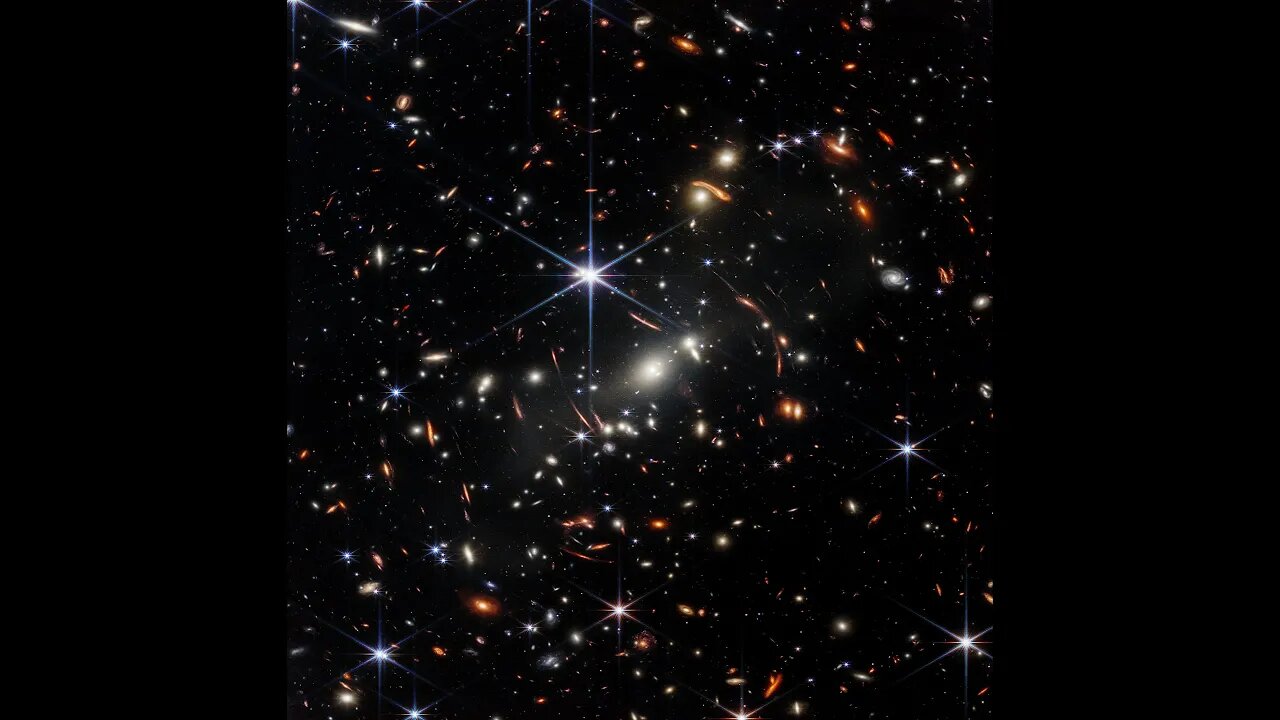
James Webb Space Telescopes First Deep Field Image, REDUX #space #nasa #shortvideo
"Thousands of galaxies flood this near-infrared image of galaxy cluster SMACS 0723. High-resolution imaging from NASA’s James Webb Space Telescope combined with a natural effect known as gravitational lensing made this finely detailed image possible.
First, focus on the galaxies responsible for the lensing: the bright white elliptical galaxy at the center of the image and smaller white galaxies throughout the image. Bound together by gravity in a galaxy cluster, they are bending the light from galaxies that appear in the vast distances behind them. The combined mass of the galaxies and dark matter act as a cosmic telescope, creating magnified, contorted, and sometimes mirrored images of individual galaxies.
Clear examples of mirroring are found in the prominent orange arcs to the left and right of the brightest cluster galaxy. These are lensed galaxies – each individual galaxy is shown twice in one arc. Webb’s image has fully revealed their bright cores, which are filled with stars, along with orange star clusters along their edges.
Not all galaxies in this field are mirrored – some are stretched. Others appear scattered by interactions with other galaxies, leaving trails of stars behind them.
Webb has refined the level of detail we can observe throughout this field. Very diffuse galaxies appear like collections of loosely bound dandelion seeds aloft in a breeze. Individual “pods” of star formation practically bloom within some of the most distant galaxies – the clearest, most detailed views of star clusters in the early universe so far.
One galaxy speckled with star clusters appears near the bottom end of the bright central star’s vertical diffraction spike – just to the right of a long orange arc. The long, thin ladybug-like galaxy is flecked with pockets of star formation. Draw a line between its “wings” to roughly match up its star clusters, mirrored top to bottom. Because this galaxy is so magnified and its individual star clusters are so crisp, researchers will be able to study it in exquisite detail, which wasn’t previously possible for galaxies this distant.
The galaxies in this scene that are farthest away – the tiniest galaxies that are located well behind the cluster – look nothing like the spiral and elliptical galaxies observed in the local universe. They are much clumpier and more irregular. Webb’s highly detailed image may help researchers measure the ages and masses of star clusters within these distant galaxies. This might lead to more accurate models of galaxies that existed at cosmic “spring,” when galaxies were sprouting tiny “buds” of new growth, actively interacting and merging, and had yet to develop into larger spirals. Ultimately, Webb’s upcoming observations will help astronomers better understand how galaxies form and grow in the early universe.
NIRCam was built by a team at the University of Arizona and Lockheed Martin’s Advanced Technology Center.
For a full array of Webb’s first images and spectra, including downloadable files, please visit: https://webbtelescope.org/news/first-images
Object Name SMACS 0723-73 (1RXS J072319.7-732735, SMACS J0723.3-7327)
Object Description Lensing Galaxy Cluster
R.A. Position 07:23:19.5
Dec. Position -73:27:15.6
Constellation Volans
Distance Redshift of cluster is z=0.39 (about 4.24 billion light-years)
Dimensions Image is about 2.4 arcmin across
Instrument NIRCam
Exposure Dates 7 June 2022
Filters F090W, F150W, F200W, F277W, F356W, F444W
Credits
IMAGE: NASA, ESA, CSA, STScI
Processing STYX AI
@NASA @NASAGoddard @NASAJPL @NASAgovVideo @NASAWebbTelescope @EuropeanSpaceAgency
#science #new #astronomy
-
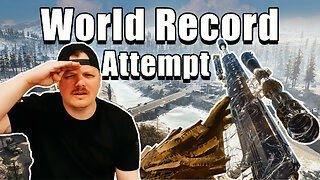 8:29:58
8:29:58
GritsGG
8 hours agoQuads Win Streak! Top 70! Most Wins in WORLD! 3744+!
18.6K2 -
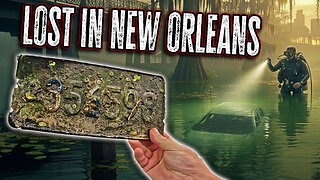 13:38
13:38
Exploring With Nug
7 hours agoWe Searched the Canals of New Orleans… and Found This!
1.26K -
 13:36
13:36
Clintonjaws
1 day ago $22.18 earnedCBC 2024 Election Night - Highlights - This Is Priceless!
37K12 -
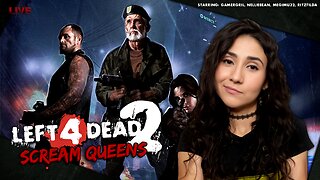 LIVE
LIVE
GamerGril
3 hours agoIt's The Zombie Apocalypse, Bring Your Friends 💞Scream Queens💞
66 watching -
 23:20
23:20
Lady Decade
3 hours ago $10.19 earnedI Spent The Night With Alex Jones
8.48K15 -
 LIVE
LIVE
Phyxicx
3 hours agoHalo Tournament! - 10/25/2025
81 watching -
 LIVE
LIVE
megimu32
4 hours agoOFF THE SUBJECT: Zombie Apocalypse with GamerGril & Friends 🧟 ♀ (Send Help)
911 watching -
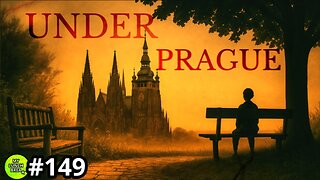 22:08
22:08
MYLUNCHBREAK CHANNEL PAGE
23 hours agoUnder Prague
41.8K16 -
![[LIVE] Halo 3 | PhyxicxGaming Halo 3 Draft to 4v4s Tournament!](https://1a-1791.com/video/fwe2/be/s8/1/6/b/O/t/6bOtz.0kob-small-LIVE-Halo-3-PhyxicxGaming-H.jpg)
Joke65
2 hours ago[LIVE] Halo 3 | PhyxicxGaming Halo 3 Draft to 4v4s Tournament!
94 -
 4:43:07
4:43:07
Grant Cardone
8 hours agoGrant Cardone EXPOSES How the 1% REALLY Build Wealth (LIVE)
204K8